9.2 /10 1 Votes
Release date(s) January 5, 1988 Designer Michael Denio Mode Single-player video game | 4.6/5 My Abandonware Initial release date 5 January 1988 Publisher Color Dreams | |||||||||||||||||||||||||||||||||
 | ||||||||||||||||||||||||||||||||||
Genre(s) Side-scrolling Platformer, action-adventure game Platforms Nintendo Entertainment System, MS-DOS, SAM Coupé, IBM PC compatible Developers Color Dreams, Michael Denio Similar Color Dreams games, Platform games | ||||||||||||||||||||||||||||||||||
Captain comic 1 1988
The Adventures of Captain Comic (or just Captain Comic) is a 1988 MS-DOS action-adventure platform game, reminiscent of Metroid, and is one of the first side-scrolling platform games for the IBM PC. It was developed entirely by Michael Denio. The PC version of the game was distributed as shareware. Later a version for the NES was published by Color Dreams as an unlicensed title.
Contents
- Captain comic 1 1988
- Captain comic full walkthrough pc version
- Story
- Development
- Music
- Gameplay
- Reception
- Legacy
- References
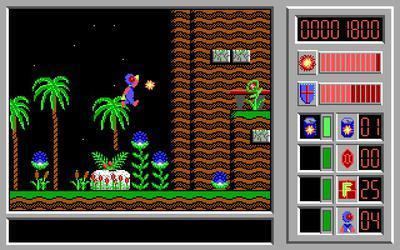
Captain comic full walkthrough pc version
Story
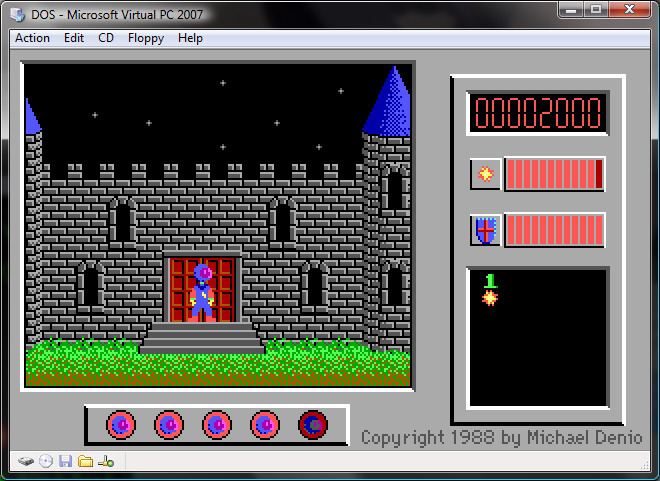
In the game, the player takes control of Captain Comic, who is on a mission to the planet Tambi, where the quest begins. Comic must find three artifacts, namely the Mystical Gems of Lascorbanos, the Thousand Coins of Tenure, the Crown of the Ages. To find them, he must travel through many varied environments. The game ends when Comic is in possession of the three treasures.
Its author, Michael Denio, writes in the introduction to the game's manual:
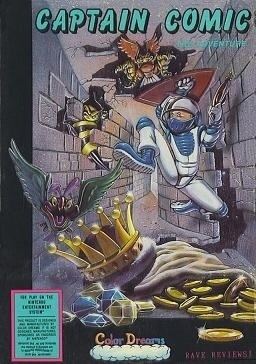
The Adventures of Captain Comic started out as an experiment to test the viability of two theories, the first as to whether a real arcade type game can be done on a standard IBM PC with an EGA card, and secondly, given the first can be done, if it is possible to make any money doing it. Well, I've come to a conclusion on the second point, but I'll let you judge the first point for yourself.
Development
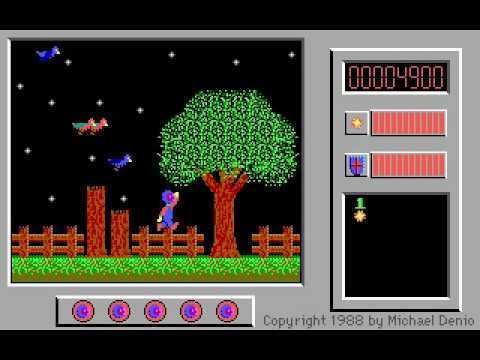
The Adventures of Captain Comic was developed as MS-DOS action-adventure platform game by Michael Denio in 1988. The game was inspired by Metroid and one of the first PC platformers. The PC version of the game was distributed as shareware. Later a version for the NES was published by Color Dreams as an unlicensed title.
Music
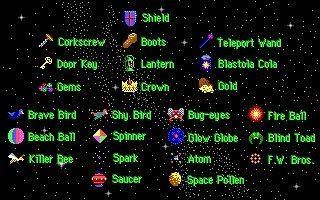
The theme song for Captain Comic was traditionally a rendition of the United States Marine Corps Hymn. The song was changed in Version 5 (the final revision of the game, released in 1991), replaced by George Frideric Handel Harpsichord Suite In D Minor, HWV 428, Air.
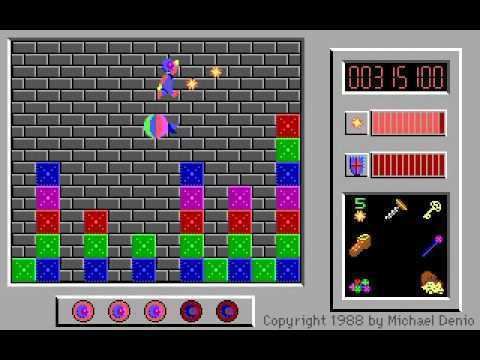
The NES version of The Adventures of Captain Comic soundtrack is composed entirely of Classical Music tunes by famous composers.
Gameplay
Captain Comic follows many standard platformer conventions. The player has health, lives, a score, and a set of useful items. The game is divided into a number of major areas (see list above), and each area is divided generally into three smaller "zones". Transitioning between zones plays a short tune and marks a "safe point", since all enemies are removed from the screen and Comic's position is saved.
Comic has twelve "shield" points (health), but each time an enemy hits him, two points are removed. Once the shield has been reduced to 0, Comic is still alive, but will die on the next hit. Occasionally, shields can be found which instantly replenish Comic's health to full, or if it is already full, grant him an extra life. Comic starts the game with four lives, and can go up to a maximum of five. If Comic is killed by either falling off the bottom of the screen, or being hit with no shield points remaining, a life is lost and he is returned to the point where he last entered this zone. If all lives are lost, the game ends.
The games' enemies exhibit different AI behaviour, ranging from simple bouncing off the walls and pre-set paths to creatures who seek the player out and turn to follow Comic as he passes by. Enemies are generally restricted to their own area (Space Pollen is only on the moon, for example), and a few move faster than the others. All enemies have the same gameplay property which is that if they touch Comic, the enemy is destroyed and Comic suffers two points of shield damage. Once he has picked up a Blastola Cola (the first one is found at the very start of the game), Comic may shoot at enemies. If he hits an enemy, it is destroyed and points are scored.
Since there is no time limit to the game, it is generally preferable to be patient and clear each zone of the dangerous enemies present there. This also has the desired result of increasing the score.
Each area that Comic travels through gets progressively more difficult, particularly in terms of the enemies Comic must dispose of or the terrain and maze structure that he must pass through. There are items that are useful or required to navigate certain areas, defeat various enemies and eventually to recover the treasures themselves.
There is a maximum of 5 extra lives, and any player earning an extra life while already at maximum receives a full shield charge and a large point bonus. The player gets an extra life for every 50,000 points earned, a bonus still in effect if the player has won the game and has enough extra lives to go over this target. (Lives can also be awarded for recharging shields while at full, or picking up treasure items).
Reception
Neither the original nor its sequel were commercial successes.
Legacy
An unofficial conversion for the SAM Coupé also exists. It was also cloned as "The Adventures of Pioneer Kseniauk" in 1990 by a team of Ukrainian programmers.
In September 2012 the source code of the NES version was offered on ebay.
